- Write by:
-
Thursday, August 17, 2023 - 22:26:29
-
193 Visit
-
Print
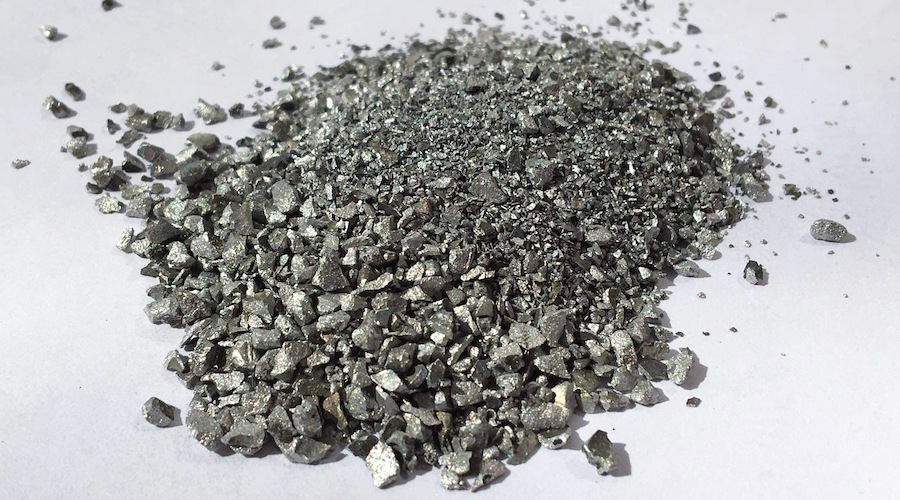
Mining News Pro - Scientists at the Max-Planck-Institut für Eisenforschung (MPIE) have developed a machine learning model that enhances by 15% the predictive accuracy of corrosion behaviour and the potential optimal alloy formulas compared to existing frameworks.
In a paper published in the journal Science Advances, the researchers note that the model is able to “envision” new but realistic corrosion-resistant alloy compositions. Its distinct power arises from fusing both numerical and textual data. Initially developed for the critical realm of resisting pitting corrosion in high-strength alloys, this model’s versatility can be extended to all alloy properties.
“Every alloy has unique properties concerning its corrosion resistance. These properties do not only depend on the alloy composition itself but also on the alloy’s manufacturing process. Current machine learning models are only able to benefit from numerical data. However, processing methodologies and experimental testing protocols, which are mostly documented by textual descriptors, are crucial to explaining corrosion,” Kasturi Narasimha Sasidhar, lead author of the publication and former postdoctoral researcher at MPIE, said in a media statement.
The research team used language processing methods, akin to ChatGPT, in combination with machine learning techniques for numerical data and developed a fully automated natural language processing framework. Moreover, involving textual data in the ML framework allows for identifying enhanced alloy compositions resistant to pitting corrosion.
“We trained the deep-learning model with intrinsic data that contain information about corrosion properties and composition. Now the model is capable of identifying alloy compositions that are critical for corrosion resistance even if the individual elements were not fed initially into the model,” Michael Rohwerder, co-author of the paper, said.
In the recently devised framework, Sasidhar, Rohwerder and the rest of their team harnessed manually gathered data as textual descriptors. Presently, their objective is to automate the process of data mining and seamlessly integrate it into the existing framework.
The incorporation of microscopy images marks another milestone, envisioning the next generation of AI frameworks that converge textual, numerical, and image-based data.
Short Link:
https://www.miningnews.ir/En/News/627244
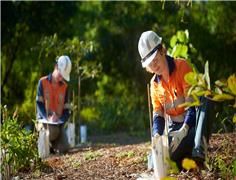
BHP Group can’t cherry pick Anglo American assets without paying a hefty premium, Anglo investors told Reuters, ...
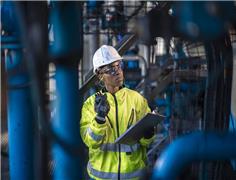
Anglo American faced calls from shareholders on Monday to detail plans for improving its value in order to fend off ...
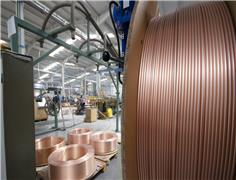
Copper slipped after initially extending gains above $10,200 a ton as traders turned their attention to demand ...
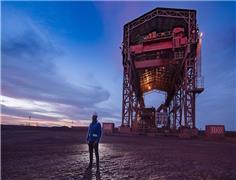
BHP Group Ltd.’s proposal for Anglo American Plc to spin off platinum and iron ore units before a takeover would likely ...
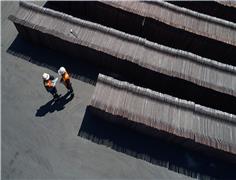
Glencore expects profit at its trading division this year to be at the top end of its long-term annual guidance, in an ...
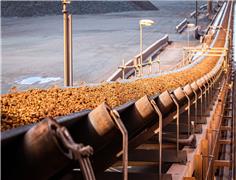
Iron ore will average more than $100 a ton this year as the worldwide market remains tight, despite China’s property ...
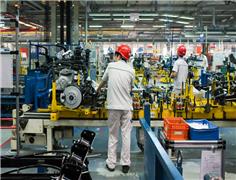
Iron ore futures prices fell on Monday after weak industrial data in top consumer China and the completion of of ...
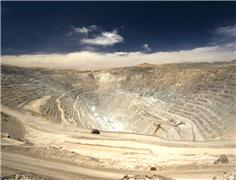
Top copper producer Codelco reported a decline in quarterly output due to lower quality ore at its aging Chilean mines — ...
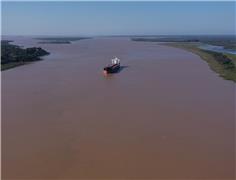
Brazil’s Corumba region could more than double iron ore shipments through neighboring Uruguay this year if there is ...
No comments have been posted yet ...